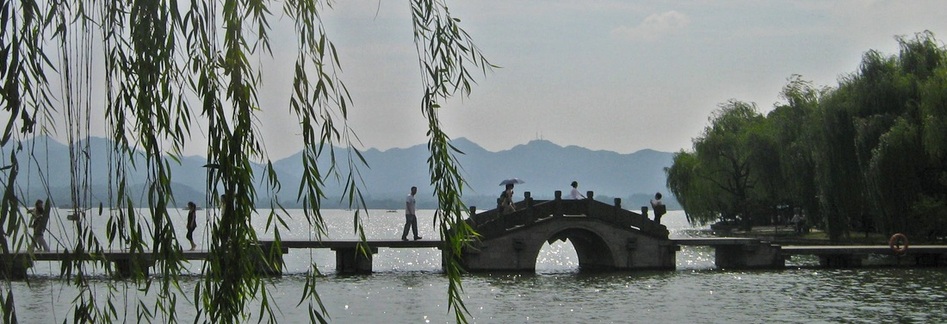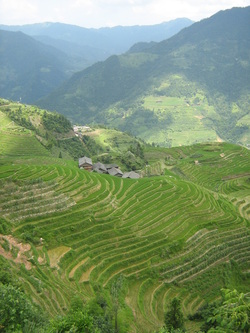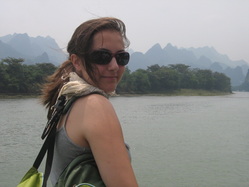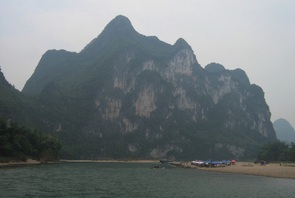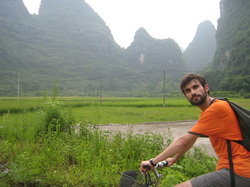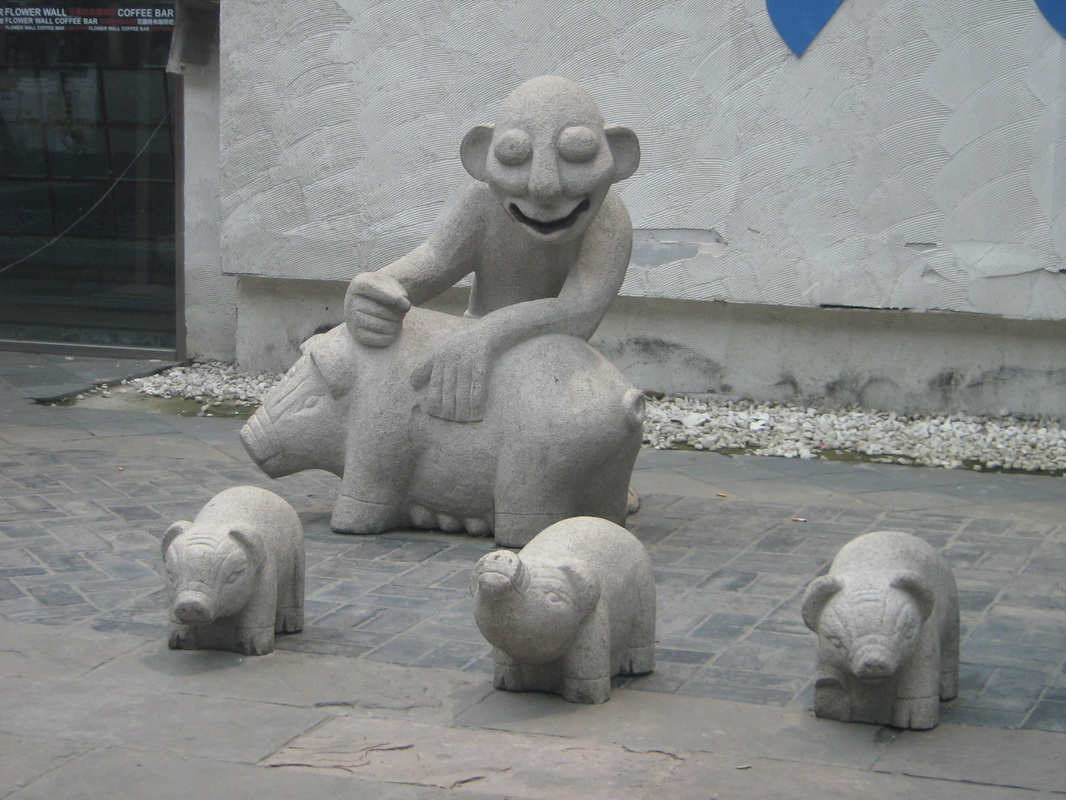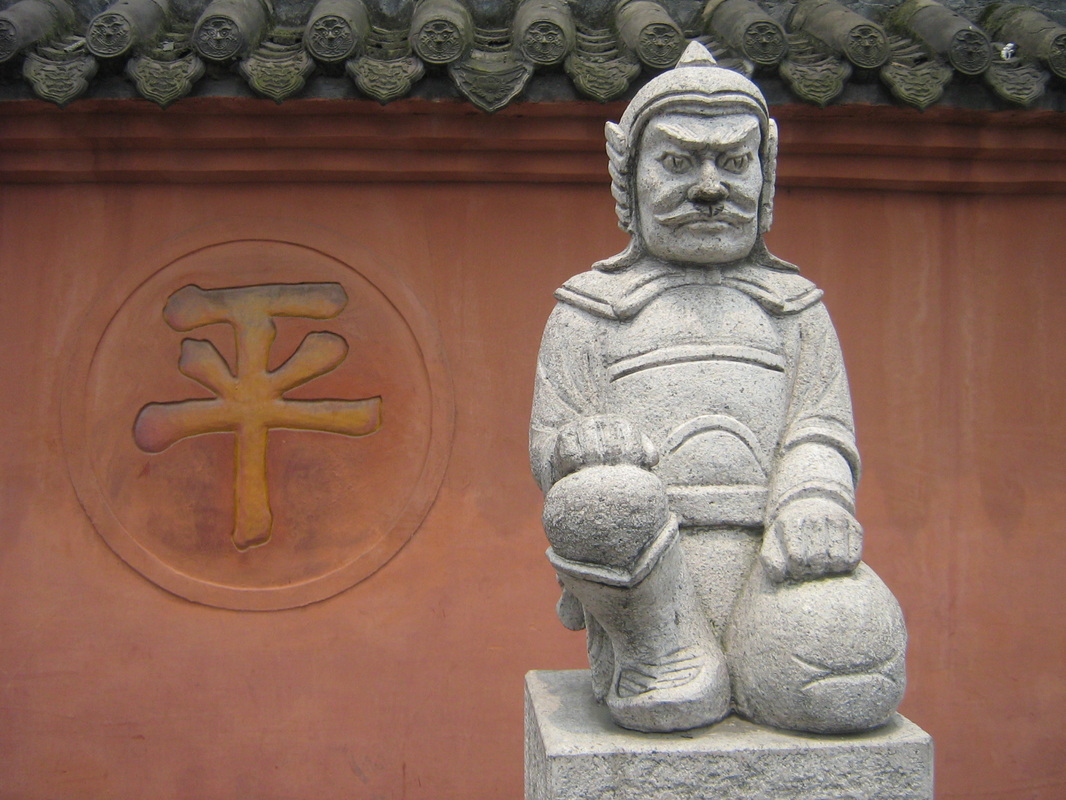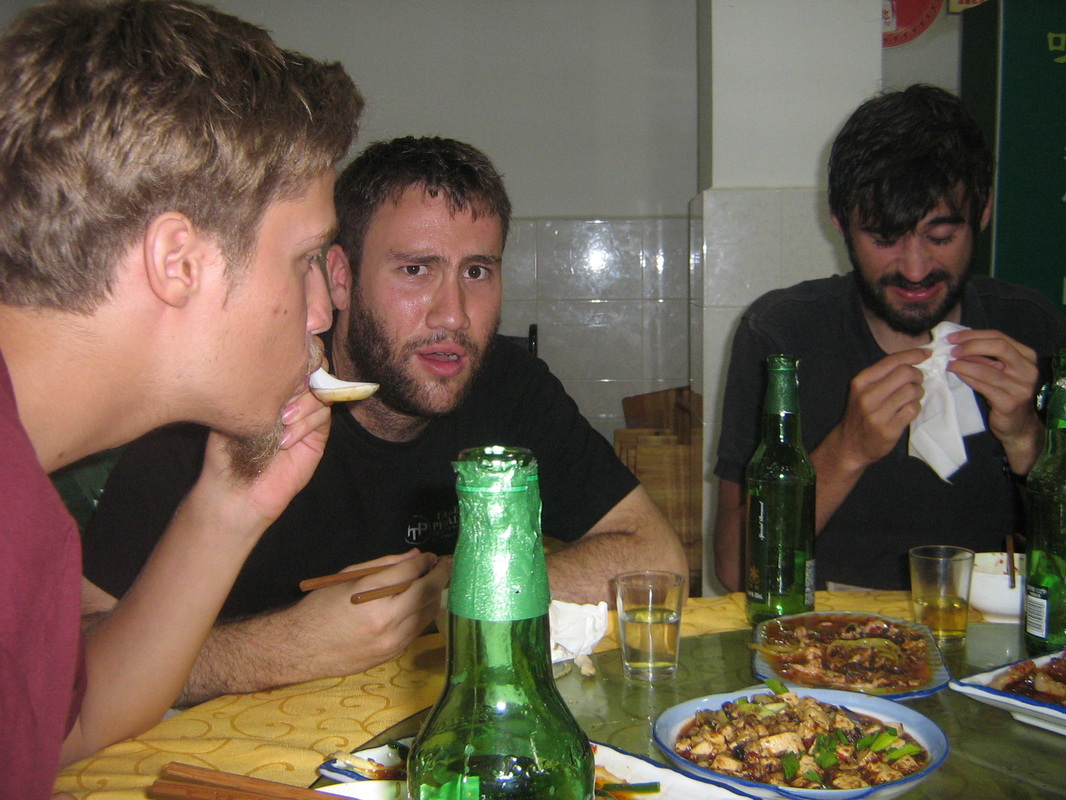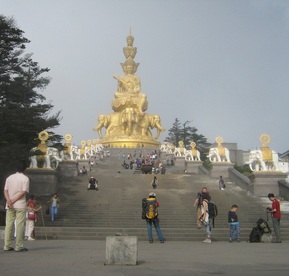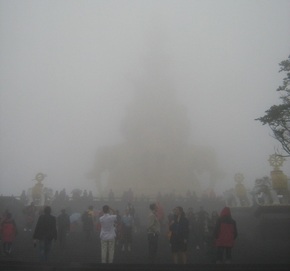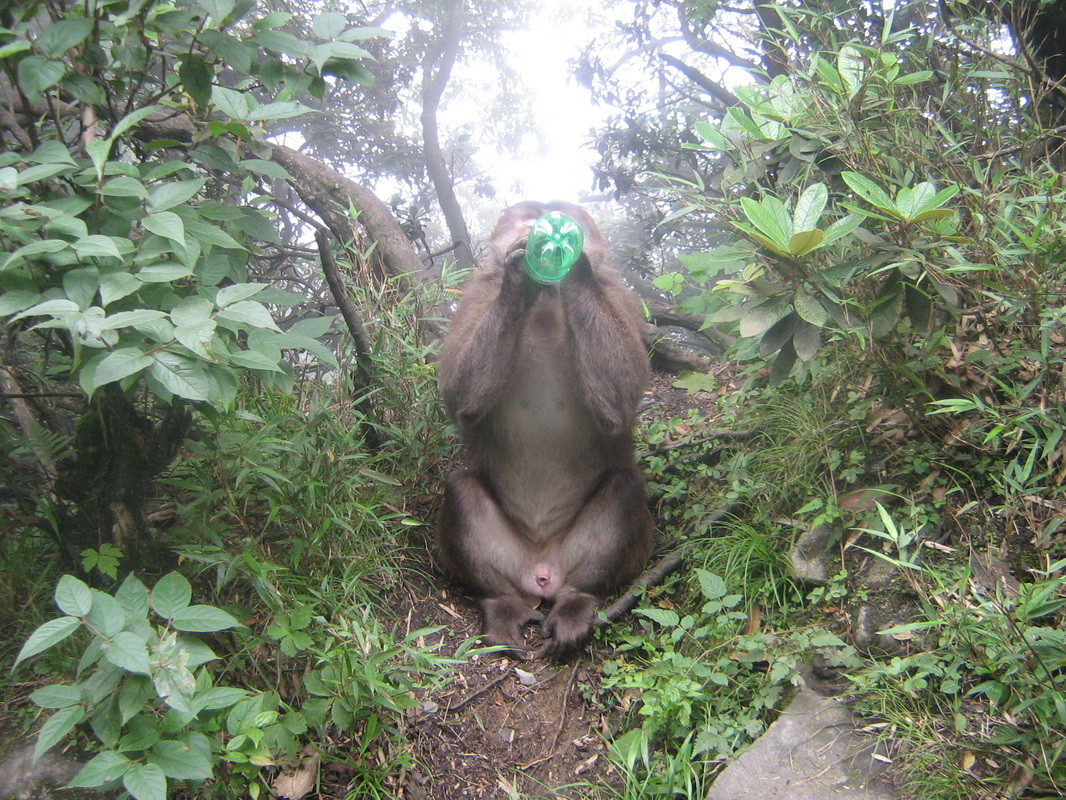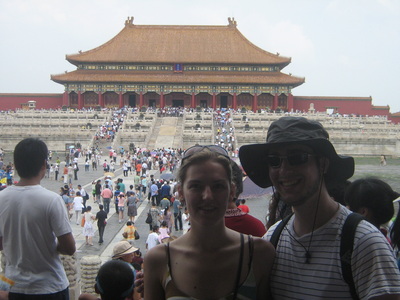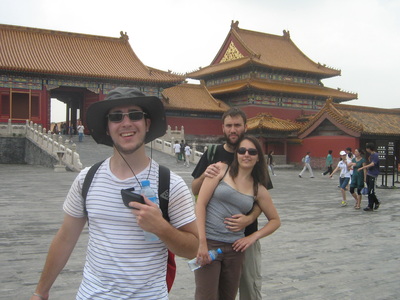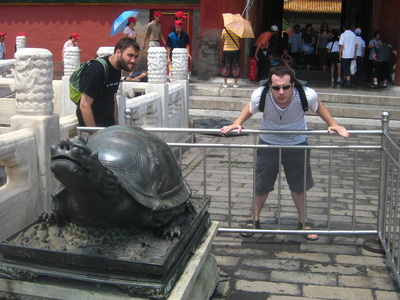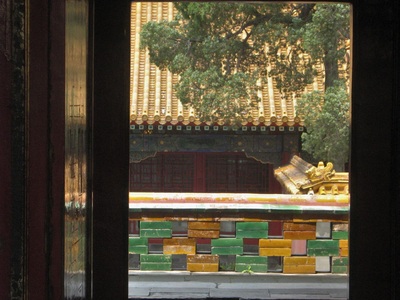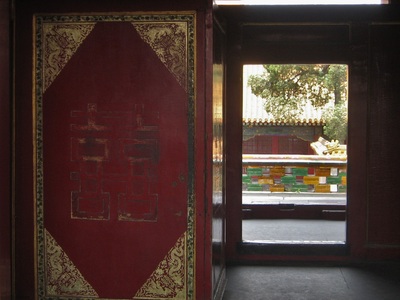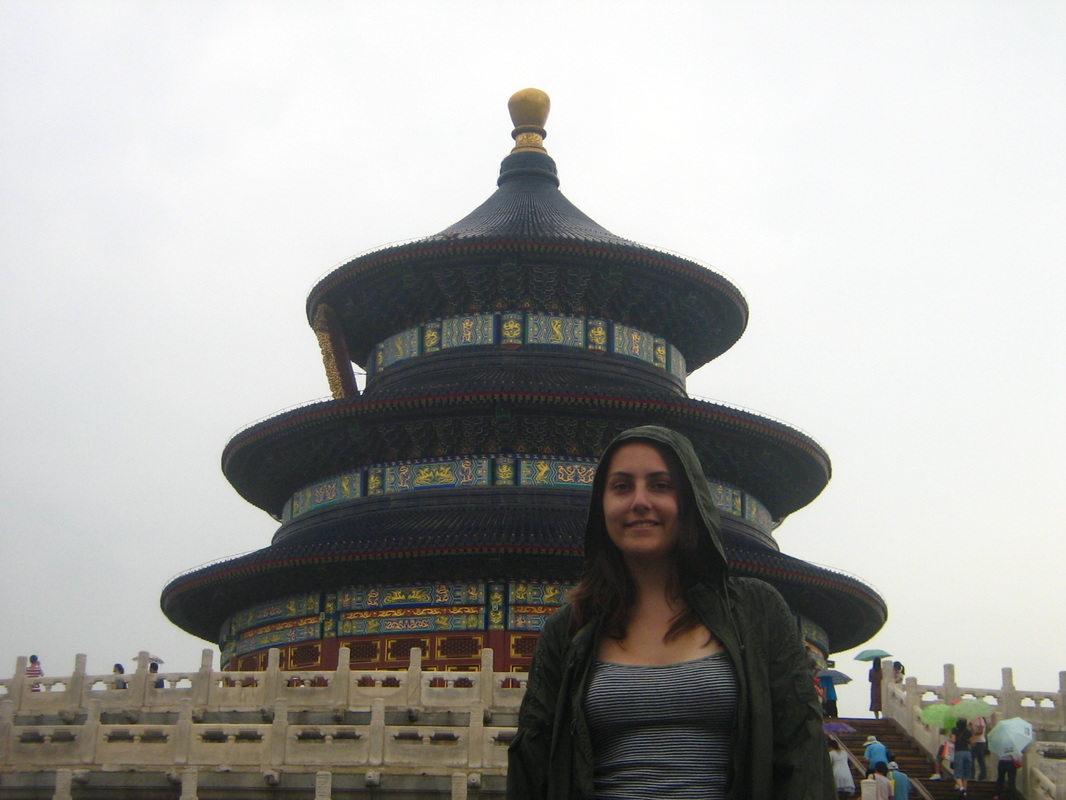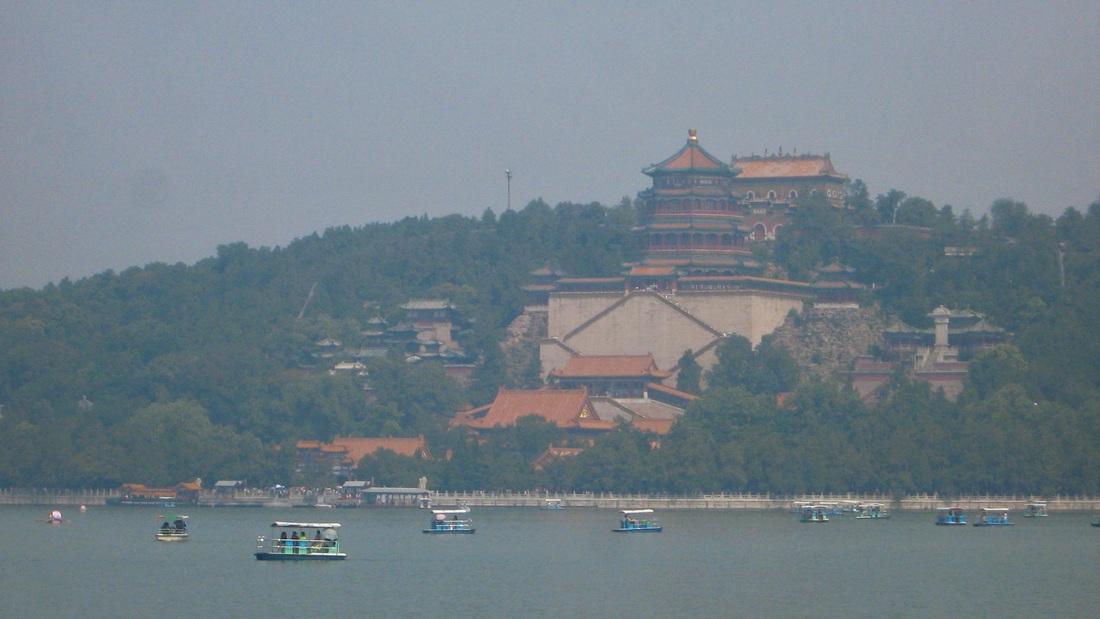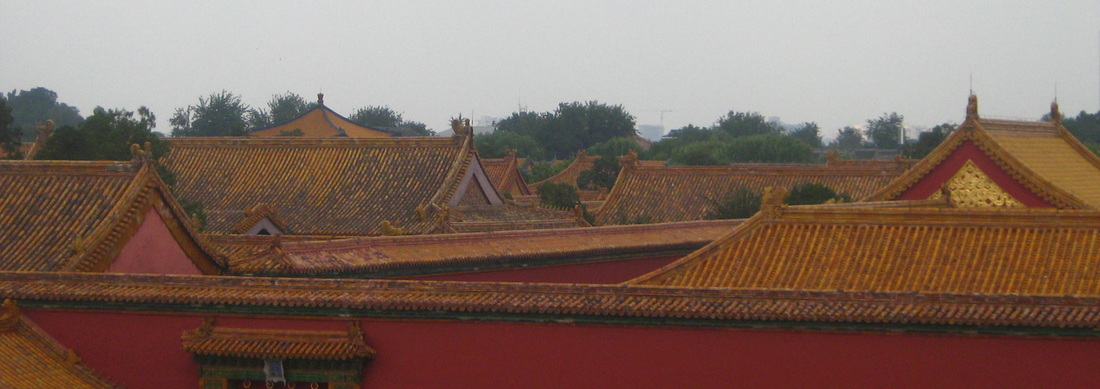Total solar eclipse, 22th July 2009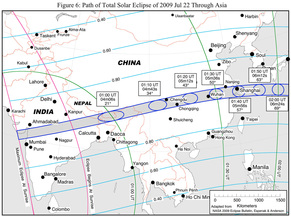
In 2009 I graduated in physics at the Universidad Autónoma de Madrid, so five friends and I organized a trip to China to celebrate. Of course I noticed there was going to be a solar eclipse that summer, but it was by no means an astronomy trip. In fact, only two of the six of us were really into astronomy. But there is no way I'm ever going to be near a solar eclipse and miss it, so we arranged it so that we would be in the path of totality at the right time.
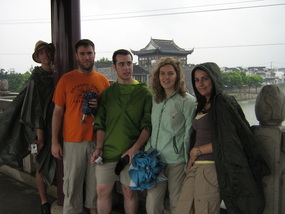 It rains in China! It rains in China!
The weather forecast was poor, but not desperate, with around 50% chance of seeing the Sun the day of the eclipse. The ideal spot in China would be near Shanghai, but we were going to start the trip at the biginning of July, with a flight to Shanghai with return from Pekin, so Shanghai would be a little off-hand. We decided to try Emei shan instead. Emei shan is one of the four sacred mountains in China in Buddhist faith. With stunning views over 3000m it might give us a little extra edge the day of the eclipse, and the mountain itself was well worth the visit.
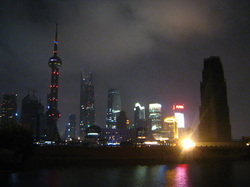 Shanghai Shanghai
Now, let me ruin the suspense for you: this time we were far from lucky. If you want an inspiring story about success against all odds, you'd better check my trip to Argentina and Chile the following year. In this case I will dwell a bit more on the trip itself.
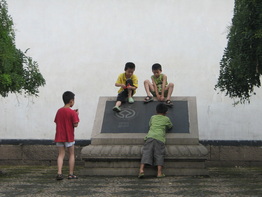 Children playing—Suzhou Children playing—Suzhou
As I mentioned before, we started the trip in Shanghai, a lovely city that was upside down in preparation for the World Expo in 2010. From our base in Shanghai we visited the cities of Suzhou and Hangzhou (where I took the picture in the header of this page). These were one-day trips. Suzhou looked very nice, but we missed many of the main attractions due to some bad timing on our part.
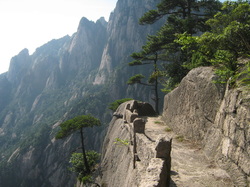
From Shanghai we took a train to Huangshan (the Yellow mountain), which is an absolutely wonderful place. Totally recommended visit, although getting to the summit is some 1000 m climb upstairs—all the way is literally made of stone stairs to keep the dense vegetation away—which is no joke. Google the name to see some pictures, but don't be afraid: we never had to walk anything more daring than what you can see in this picture (which was quite enough for some members of the group though).
|
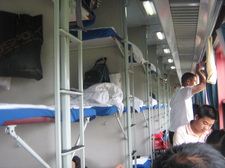 We like trains! We like trains!
From Yangshuo we took a long train—25 hours if my memory serves me well—to Chengdu, our last important checkpoint before the eclipse. Travelling by train is great, I strongly recommend it. It allows you to see sceneries and towns you would never get to see otherwise. Although in this case it might have been a bit too much.

Emei Shan is 3099 m high and Chengdu is about 500 m over sea level, but the way to the summit has many ups and downs, so yes, that is A LOT of stairs. However, being one of the Buddhist sacred mountains, there were lots of people going up, some of whom did not even know about the eclipse! As I was saying, many, many stairs.
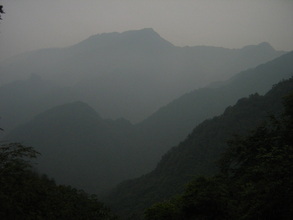
Although there was a bus + aerial lift to the summit, we took two days to walk our way up, and it was totally worth it. The mountain is filled with temples and shrines, and we were lucky enough to sleep in one of them the first night, which was a nice experience. During the ascension it rained and a dense mist was most of the time around, so we began to be skeptical about the eclipse.
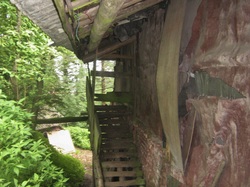 Luxury! Luxury!
When we finally got to the top the place was crowded with people, many of whom had come for the eclipse. After the path met the bus terminal we would often see people being carried in sedan chairs for a while! Hard to believe, actually.
This second night we were not as lucky with the lodging. What you see in the picture is the actual entrance to our “chamber”, were the six of us had to sleep in, packed like sardines.
In the afternoon we had time to see the summit. We were amazed to discover a huge golden statue on top of some impressive stairs. And there was more than you can see in the picture. (By the way, notice how the elephants have four tusks.) Behind the statue there were one or two temples as well. Unbelievable. The weather that afternoon was all right, so I set an alarm for the next morning so I might see the whole eclipse.
As soon as the alarm went off I went back to sleep. There was a soft drizzle and a so very dense mist.
Of course we would not give up that easily, so we got to the summit with plenty of time to enjoy the totality. We waited with hope, but it was obvious that this time we were going to enjoy a “double eclipse” (by Moon and clouds).
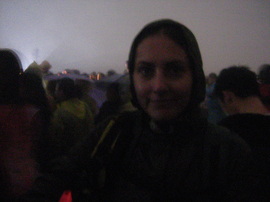 Night? Night?
Nevertheless, the atmosphere was amazing. Lots of people from all around the world waiting for the eclipse. Many had come with organized plans, others had brought expensive equipment with them. There was even a man playing a didgeridoo! Time passed and nothing at all could be felt. When the eclipse was very close to totality it started to feel a bit weird and slightly dim. It was such an eerie feeling, but it was hard to tell why. Then, all of a sudden, night came. It was otherworldly. People were laughing, shouting, some even crying. It lasted around 4 minutes, but it felt short. Then, as sudden as night had come, arrived day. People were happy and awed, and with every reason to be so.
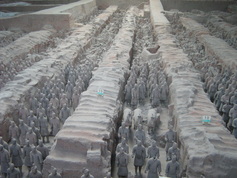
In Chengdu four of my friends took a plane to Peking (Beijing if you prefer) while Fabio and I took a train to Xian to visit the famous terracotta army, which is well worth the visit and growing by the day. (When we visited it in 2009 there still remained important burial mounds to unearth.)
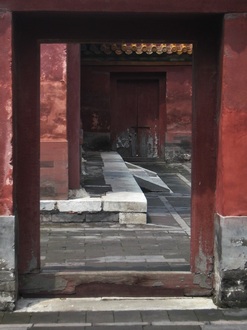
Peking is an amazing city. Even if you restrain yourself to the most basic attractions you can easily spend around four days there. Probably even more.
The first day we visited Tiananmen Square and the imposing Forbidden City. This imperial complex is vast, with many grand temples and palaces and gardens and whatnot, but there are also many quiet nooks and alleys. Other classics of the city include the delicate Temple of Heaven and the gorgeous complex of the Summer Palace. It is really nice to see these places full of locals playing games, ensembles of traditional music rehearsing, dancing or many other activities. This is a very nice aspect of Chinese culture.
Of course we could not miss a visit to the Great Wall. By 2009 we were only allowed to visit the renovated areas, which are impressive enough. Nevertheless, I am told a hike along the quieter “wild” sections is an altogether different experience, so if I were planning a trip to Beijing and had a couple spare days, I would look into that (as long as it were legal and respectful with the monument).
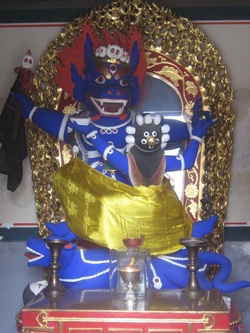
Yonghegong, the Lama Temple, is not so often visited by tourists, however, it is one of the finest temples I remember from my trip to China.
We also had some time to do different things like shopping in the very intense Silk Market. It is possible to find good deals there, but it is better to be cautious and not look for very expensive items. Bear in mind that they live of bargaining for hours everyday; it is likely they know what they are doing better than you are, so be a good sport and just try to enjoy the game. With this our trip to China came to an end. It was a great experience which I strongly recommend. If you want to know what a total eclipse actually looks like, you may want to check the page for Argentina and Chile 2010.
|
